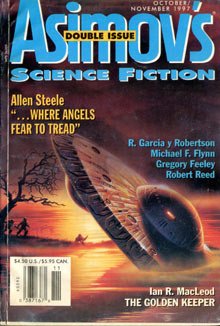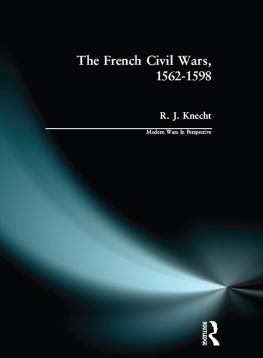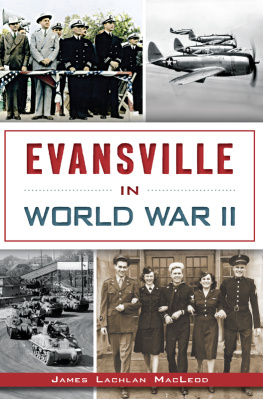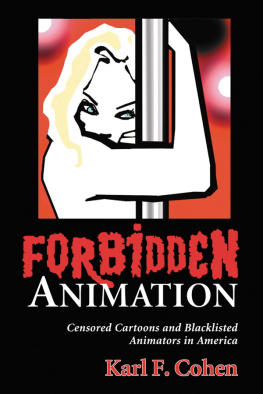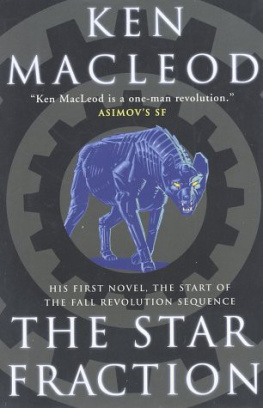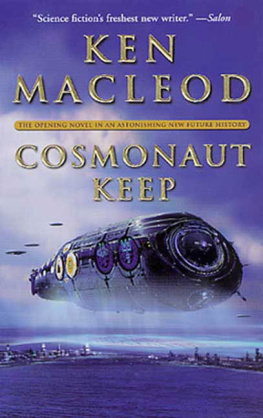Published by The History Press
Charleston, SC
www.historypress.net
Copyright 2017 by James Lachlan MacLeod
All rights reserved
First published 2017
e-book edition 2017
ISBN 978.1.43965.945.8
Library of Congress Control Number: 2016953494
print edition ISBN 978.1.62585.838.2
Notice: The information in this book is true and complete to the best of our knowledge. It is offered without guarantee on the part of the author or The History Press. The author and The History Press disclaim all liability in connection with the use of this book.
All rights reserved. No part of this book may be reproduced or transmitted in any form whatsoever without prior written permission from the publisher except in the case of brief quotations embodied in critical articles and reviews.
For Jessica, Eilidh, Calum and Gavin, the loves of my life.
ACKNOWLEDGEMENTS
This book was only possible with the help of those local archivists who protect our precious historical legacy. I would like to acknowledge Tom Lonnberg, Pat Sides, Kathy Bartelt, Shane White, Steven Mussett and Jennifer Greene, all of whom have graciously helped at various stages of this project. This book is built on the pioneering work of Dr Phil Ensley, which was what first drew my attention to Karl Kae Knecht.
The Karl Kae Knecht Collection at the University of Evansville Archives was an incredible and essential source for this work. I also acknowledge the Evansville Vanderburgh Public Library; the Evansville Museum of Arts, History and Science; the Willard Library; and the University of Southern Indiana, whose physical and digitized collections of local newspapers, artifacts, photographs and cartoons from this period made this research practical. I am extremely grateful to them all for permission to reproduce the images that appear in this book.
I would also like to thank my colleagues in the History Department of the University of Evansville and Dr. Ray Lutgring, dean of arts and sciences, for their advice, support and encouragement. An arts, research and teaching grant from the University of Evansville supported some of my research. Drew Robards was a wonderful research assistant, working on the World War II cartoons, and Ed Mack has been a thoughtful and helpful editor at The History Press.
Most of all, I want to thank my own family, who now know more about Karl Kae Knecht than they ever wanted to. To the four of you, with my warmest love, this book is dedicated.
It goes without saying that any errors in this book are my own responsibility.
INTRODUCTION
The great American cartoonist Syd Hoff once said, Not everybody can love a political cartoonist. If you want to be loved by everybody, dont become a political cartoonist.
What makes this truly remarkable is that Karl Kae Knecht was engaged for his entire professional life in a career that is almost synonymous with meanness and nastinessa profession that has been called, among other things, the art of ill will and the ungentlemanly art. Victor Navasky perhaps expressed it best:
Under certain circumstances cartoons and caricatures have historically had and continue to have a unique emotional power and capacity to enrage, upset and discombobulate otherwise rational people and groups and drive them to disproportionate-to-the-occasion, sometimes violent, emotionally charged behavior. Im talking about everything from overheated and irrational letters to the editor and subscription cancellations to censorship, prosecution, incarceration, andviolence and murder.
Knechts output of editorial cartoons was prodigioushe had created at least eighteen thousand by the time he retiredand furthermore, he drew the vast majority of these cartoons for one newspaper in one city. It seems almost incredible that this could be done without making lifelong enemies in a city that was at times famous for its dirty and ruthless politics, and yet Karl Kae Knecht managed to do it.
He drew his first daily Evansville cartoon for the Evansville Courier on September 29, 1906, and his last regular one on June 1, 1960, and during the fifty-four years in between, his cartoons became an integral part of public life in the city. One of his obituaries stated that his Triple-K Initialed cartoons were synonymous with The Courier for more than 50 years.
Karl Kae Knecht at his desk, 1906. University of Evansville Archives (UE).
A letter from Truman in response to one of Knechts cartoons, December 1948. UE/ Evansville Vanderburgh Public Library (EVPL).
What made Karl Kae Knecht such a remarkable man was that he was a rare polymath who excelled in many different areas. He was not just a cartoonist, then, but also a pioneering photographer, a fluent writer, a circus enthusiast, a zoo proponent, a champion of air travel, an effective organizer and a successful campaigner. He had a phenomenal memoryhis friend and colleague Courier columnist Joe Aaron said of him in 1960, He comes as close to being a walking encyclopedia as any person I have ever met. He is a complete reference book on Evansville, dating back more than half a century. It might be argued that his failing to achieve elected office was the best thing that could have happened for Evansville, as it allowed Knecht to focus on all the other things he was to do.
As much as anything, Karl Kae Knecht was an extremely potent activist for the interests of the city of Evansville. His good friend, the great Evansville civic leader Benjamin Bossemayor from 1912 until 1922famously said, When everybody boosts, everybody wins, and Knecht was a lifelong booster for his adopted city. On his death, the Sunday Courier and Press observed:
During his 53 years as a cartoonist for The Evansville Courier, Mr. Knecht toiled incessantly for the benefit of Evansville and the Tri-State area. His accomplishments were so manifold casual acquaintances found it difficult [to believe that] they all stemmed from this slight, gentle man who somehow found time from his regular chores at the newspaper to found an international organization of circus fans, help start and develop Mesker Zoo, serve on various city and civic boards, travel extensively and become involved in scores of projects for the betterment of man.
It is quite possible that his only flaw in the eyes of those who knew him was sending illegible editorial copy to the Courier composing roomthe printers committee complained in 1952 about trying to read some of the copy Knecht sent out which was first typed and then changed in many places in longhand.
Karl Kae Knecht, who had a lifelong love of elephants, was so well known in his adopted city that in 1936 a piece of mail was received at the post office that simply had a drawing of an elephant on the front, along with the names of the city and the state: With naught but an elephant, it was delivered to Karl Kae Knecht, the Courier cartoonist. He was active in many different aspects of public life, but it is as a cartoonist that he is best remembered. And it is his cartoons that are the focus of this book. His professional cartooning career spanned a remarkable time in history, beginning in the Progressive era and not ending until the birth of the modern age in 1960, with Prohibition, the Great Depression, the two world wars, the Cold War and much else in between. In 1995, it was said of his work:


